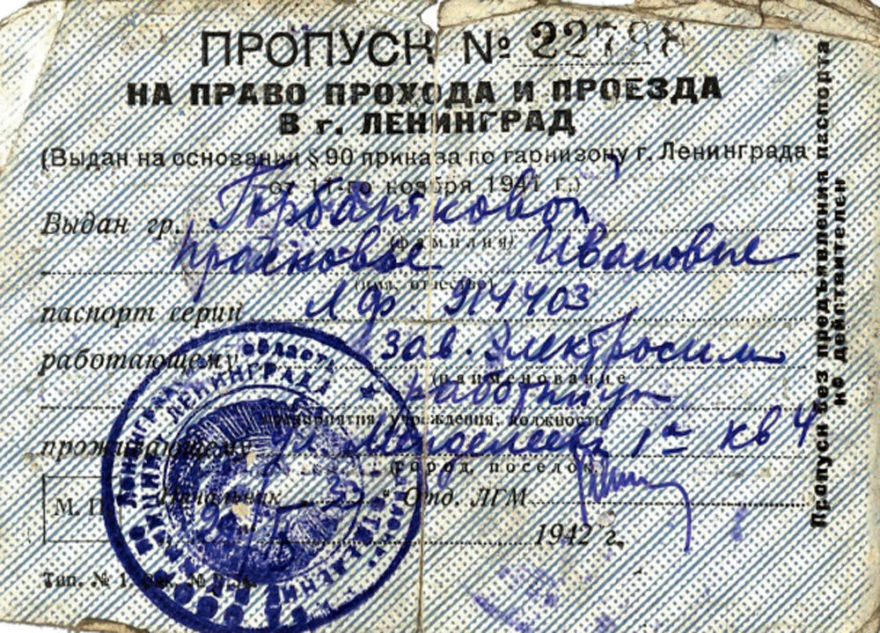In the bomb shelter exposition “Bunker A. A. Zhdanov” near the Smolny Institute, among other exhibits,there is a figure of a five or six-year-old boy, in military uniform, leaning over a table. He is a real character,the son of Alexei Kuznetsov, Second Secretary of the Leningrad City and Regional Party Committees, Member of the City's Military Council, who, incidentally, suggested planting vegetables in the parks and gardens of Leningrad, which helped the residents during the Siege. Do you remember that famous picture – the huge cabbage heads in front ofSt. Isaac's Cathedral? All that is true. Kuznetsov had two of his children and his wife evacuated; his father was left with his youngest son, who lived in that bunker. These were the siege ethics to which the leaders of Leningrad, among others, adhered. Yes, we are talking about that very “Zhdanov’s bunker”, the place that post-perestroika exposé journalism and biased historiography created legends and myths about. They allegedly brought in here live lambs, laying hens, sausages and hams, trays of rum muffins, and bags of sweets.
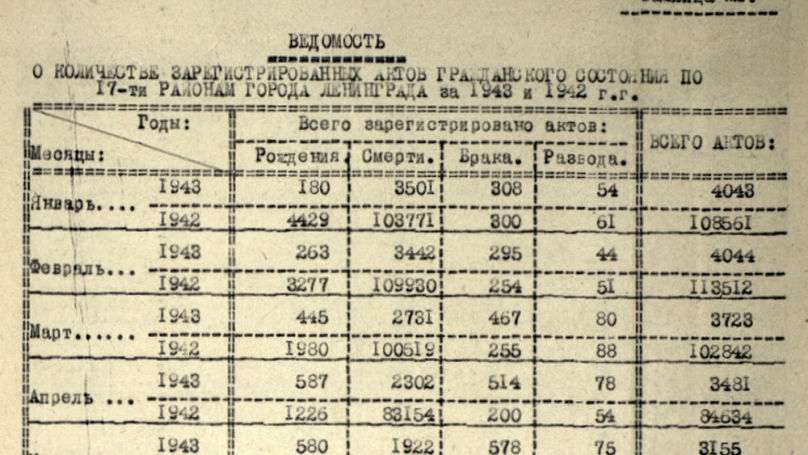
Yet you should go into that bunker yourself to check out the atmosphere. Thick doors, small rooms with low ceilings, high bulkheads separating one area from another - a feeling of cramped, heavy, stiffness, as if you were in a submarine. However, according to the apocryphal exposes, it was here that the cynical party bosses feasted, condemning the city's residents to starvation by their talentless leadership and at the same time carrying out Stalin's orders to blight the freedom-loving city that preferred Kirov to the leader of Moscow. But the Germans, on the other hand...Germans did not mind getting people out of the city, saving thousands of lives and pouring them Bavarian beer.
The propaganda narrative, which overturns the entire history of the Siege and the tenacity of Leningrad feat has been developed relentlessly over the last 30 years. The “gold diggers” have been so successful that at some point it became embarrassing to talk about the greatness and heroism of the siege survivors,without apologising in advance and mentioning cannibalism, malnutrition, black market speculation, gluttony and general dehumanisation.
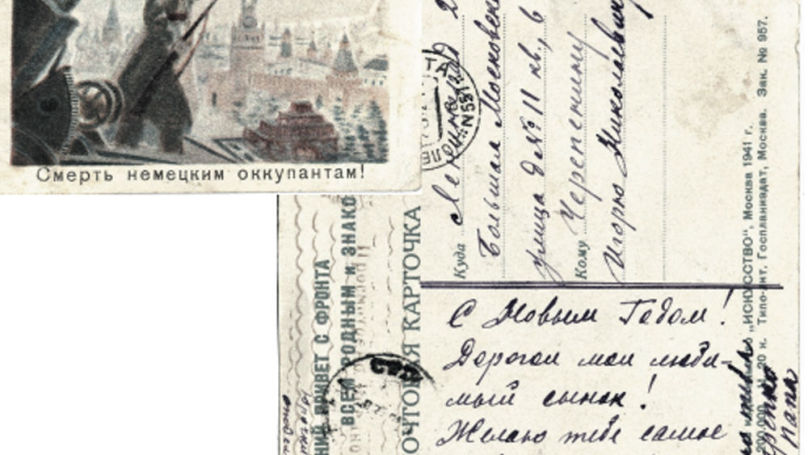
We did not notice how the agenda of deconstructing the Siege was imposed on us. Note that no one, except for scholars, enters the public sphere with a straightforward and clear message about the heroism of the siege survivors.
Let us turn to the exceptions. In St. Petersburg, the international conference “The Nuremberg Trials: The Fate and Role of Besieged Leningrad”, marking the 80th anniversary of the historic event, brought together historians, publicists, experts, archivists, translators and diplomats to discuss the current problems of studying the Siege. The historical event only appears to be forever inscribed in textbooks and cannot be chopped down with an axe – alas, history has become a political science and is therefore subject to conjecture.
Surprisingly, battles are now being fought around the seemingly unconditional Nuremberg rulings on the Siege. One of the key subjects in the history of the Great Patriotic War is insufficiently studied and has an insufficient source base - not all documents have yet been brought into scholarly circulation, declassified or published, which gives rise to various interpretations.It even goes so far as to say that “the Nuremberg Trials did not prove the guilt of the Germans in organising the famine”. And then the well-known bridge to the Lucullan feasts of Zhdanov and the Soviet government, which itself had killed and, therefore, had no right to charge the Nazis at Nuremberg.
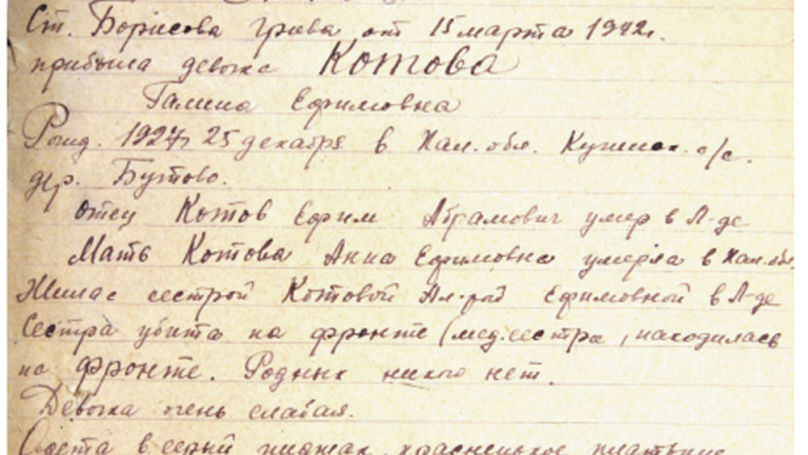
Nevertheless, the people of Leningrad contributed enormously to the collection of evidence and the preparation of the trial. The most famous witnesses from the USSR were those from Leningrad – Nikolai Lomakin, a Russian Orthodox priest, a dean of all the churches in the city and region during the Siege, who told of corpse-filled churchyards, cemeteries being bombed, and starvation deaths; Joseph Orbeli, the director of the Hermitage, who brilliantly challenged the Nazi defence counsel and proved that the 30 shells fired into the Hermitage and one into the Palace Bridge were not accidents, but the deliberate destruction of cultural property; and YakovGrigoriev, a peasant from the village of Kuznetsovo in Porokhov district (part of Leningrad Oblast), who told of the burning of civilians, the youngest of whom was four months old and the oldest one a hundred and eight years old. The case of the Siege of Leningrad was heard for several days: on 19, 22, and 27 February 1946. The proceedings concerned not only the destruction of Leningrad, but also Pavlovsk, Tsarskoye Selo, Peterhof and Mikhailovskoe, which was then part of the Leningrad Region. According to the Act of the Leningrad City Commission – its records were presented to the tribunal – in violation of all conventions on the conduct of war signed by Germany, 107,158 incendiary and high-explosive bombs were dropped on civilians during the almost 900 days of the siege, and more than 150,000 artillery shells were fired at the city. 16,747 Leningrad residents were killed and 33,782 wounded during these bombardments. There is no exact figure of those who died of starvation: some say 632,000, others – some 800,000, or 1,200,000, or even 1,800,000 dead.
Among the 200 (!) tonnes of documents submitted by the Soviet side to Nuremberg, Leningrad's contribution is uncounted, yet enormous.
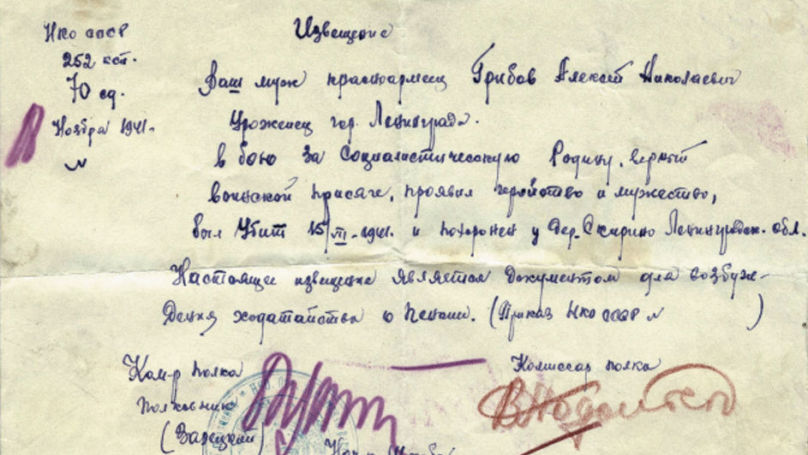
Alas, for many reasons, sometimes completely non-political but situational, our country has not published the Nuremberg documents in 75 years. As a matter of fact, we have not published our part - not only the transcripts of the proceedings in Russian, but the evidence itself, the corpus of documents brought to the Court - allows us to say that a complete collection of documents on the trial does not exist at all. After all, the English, French and German editions, which contain transcripts and documents submitted by the other three participating countries - Great Britain, the USA and France - cannot be considered complete without the Soviet documents.
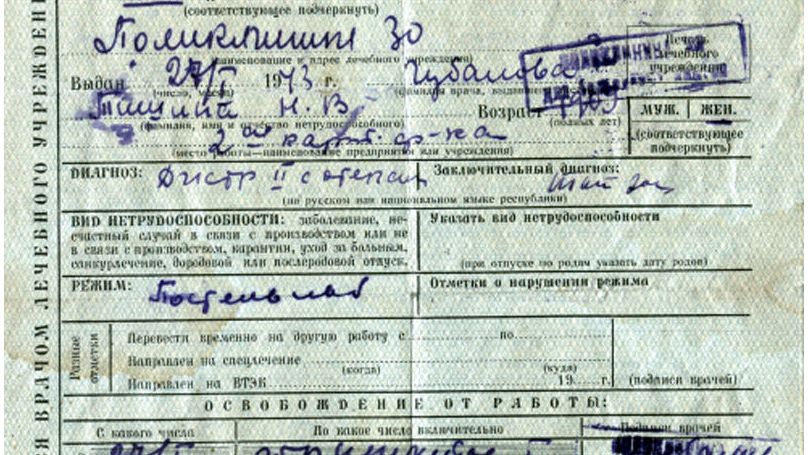
This gap is the subject of a great deal of speculation, sometimes amusing, more often outrageous. For example, one of the arguments used in the fight against historical truth is that the guilt of the Germans in the Siege was not proven at Nuremberg. The guilt was proved, but at that time there was no prohibition in international law against waging war and carrying out genocide using famine. The Nazis took full advantage of this. The concept of genocide as a crime would be introduced only in 1946, and the prohibition of waging war by starvation was written in the Geneva Conventions as late as 1977. All this would happen precisely because of Nuremberg and the tragedy of the Siege. The verdict included charges of blockade of Leningrad against Alfred Jodl, Chief of the Operations Staff of the German Armed Forces High Command, in the category of “the senseless destruction of the city”. But the propagandists of the anti-blockade, of course, do not intend to inform the public about these difficult aspects.
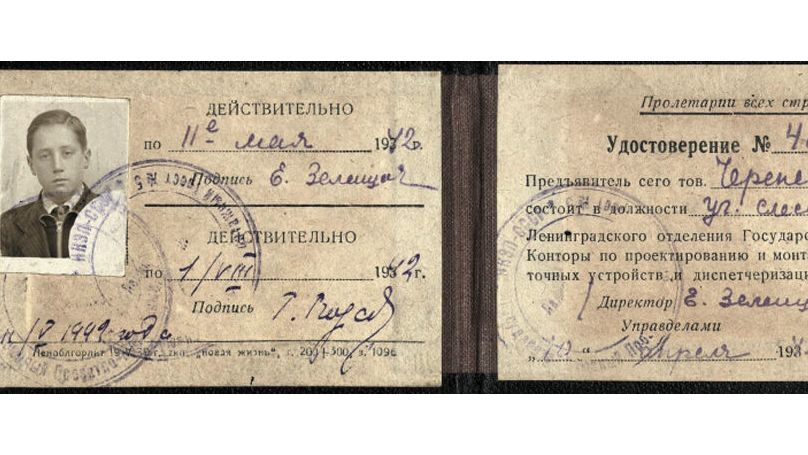
The second global and relatively new topic of speculation is that the Germans were willing to withdraw civilians from the city and feed them, and that it was, therefore, the “cannibalistic Soviet authorities” who were responsible for the deaths of siege survivors. Meanwhile, the historiography here has accumulated a huge body of evidence. On 8 July 1941, Chief of General Staff of the Army High Command (OKH) Franz Halder wrote in his diary after a meeting of the High Command of the German Armed Forces: “The Führer was quite clear in his intent to level Moscow and Leningrad, to make them uninhabitable, so there would be no need to feed their populations during the winter” (this document was presented at the proceedings). On 16 September 1941, in a conversation in the Reich Chancellery with Otto Abetz, the German ambassador to Vichy France, Hitler said: “Petersburg [Leningrad], the ‘poisonous nest’ from which for so long Asiatic venom has ‘spewed forth’ into the Baltic, must vanish from the Earth’s surface. The city is already cut off. It only remains for our artillery and Luftwaffe to bombard it to pieces, destroying the water mains, the power stations, and everything the population needs to survive. The Asiatics and the Bolsheviks must be hounded out of Europe, this ‘episode of two hundred fifty years of Asiatic pestilence’ is at an end.”
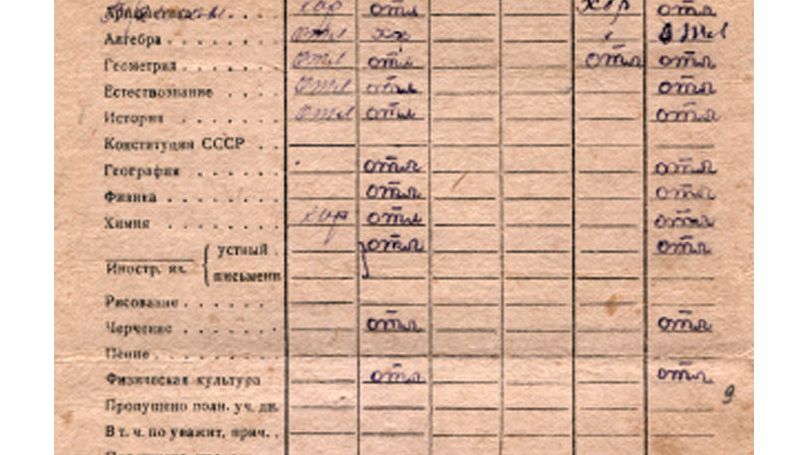
On 18 September 1941, Hitler issued an order stating that the surrender of Moscow and Leningrad should not be accepted, even if offered. Many years later, the Führer sends his regards to the amateurs from the TV channel Dozhd* and the magazine of the same name, who did not bother to google “documents about the Siege”. “Surrendering Leningrad” in the way they understood it – so that the traitors would be given Bavarian beer and a good slab of lard – was impossible. The Nazis never intended to feed the residents. On 21 September 1941, the Defence Department of the High Command of the German Armed Forces wrote an analytical note which read: “First, we seal off Leningrad and destroy it with artillery and if possible with aviation. When terror and hunger have done their work, we will open separate gates and let unarmed people out... The remnants of the ‘fortress garrison’ will remain there for the winter. In spring we will break into the city (if the Finns manage to do it earlier, we will not mind),take everything still alive deep into Russia and hand over the area north of the Neva River to Finland”. Do you believe that this shows that the Nazis intended to feed the residents? They did not. The Nazis were set to launch a propaganda suggestion to Roosevelt – either to take in the remaining population of Leningrad after the terror and famine or to take people to America on ships flying a neutral flag – an offer, they never intended to fulfil.
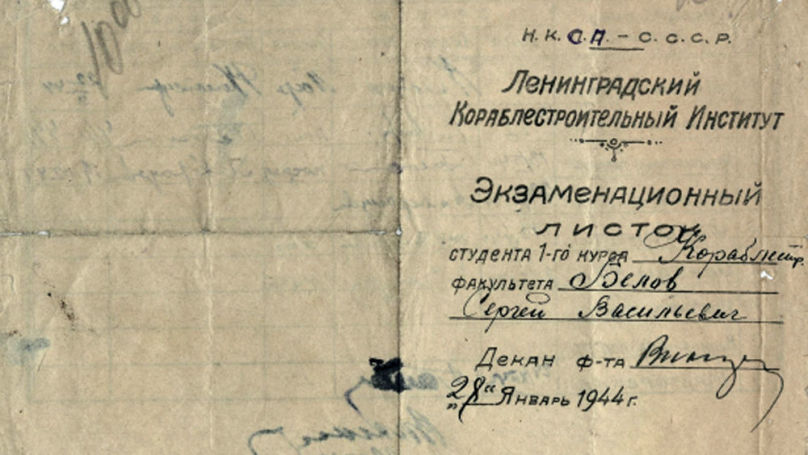
On 22 September 1941, the infamous secret directive (presented at Nuremberg) “On the Future of the City of Petersburg” was issued, according to which “the Führer has decided to wipe the city of Petersburg from the face of the Earth… After the defeat of Soviet Russia, there is no interest in the further existence of this large inhabited area… We propose blockading the city tightly and to level it through artillery shelling of all calibres and constant bombing from the air”. Even if this is not enough, here is another order of 13 September 1941 for the 1st Infantry Division of the Wehrmacht under Lieutenant General Philip Kleffel, standing a few kilometres from Leningrad: “in front of the division there is a section of the front - the encirclement of Petersburg with its civilians. We will treat it as a fortress, and we will force it to surrender by starvation. This fight requires that we do not have the slightest pity for the starving population, even women and children. They are Russians, who, wherever possible, have committed cruel crimes against our comrades. I, therefore, order that no Russian soldier or civilian, whether man, woman or child, shall be allowed to pass through our front. They are to be kept at a distance by the fire of our units on the front line, and yet if they do get through they are to be shot on sight.”
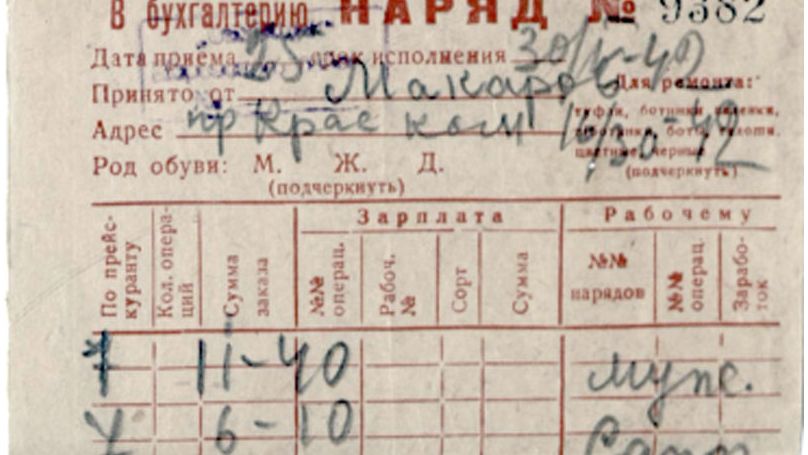
At the time of Nuremberg, not all of these documents were known to historians and lawyers, and the process itself was prepared and conducted very quickly. But now we have time to thoroughly "work with documents" and publish them with comments and photos, not only for specialists but also for the general public. I hope the newly-created Institute of Defense History and the Blockade of Leningrad will work on it.
The creation of the institute is a good thing, but it's unfortunate that it hadn’t been created earlier. Like the bunker Zhdanova - it was turned into a museum and opened only in 2019, while the legends about feasts have been circulating for 30 years.
States and society are always late. But it’s understandable. We did not expect a humanitarian, ideological and mental attack on this front. We were not prepared for a massive campaign to destroy the historical memory and devalue the feat of the Siege.
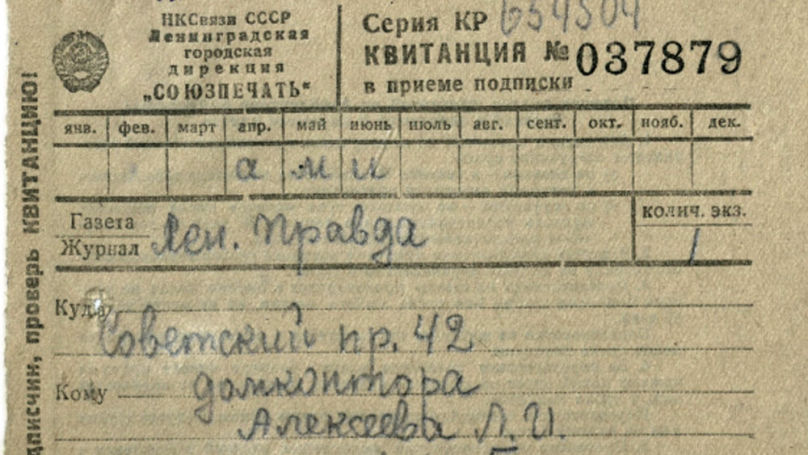
For a long time, we have been ashamed to speak of the huge casualties among the country’s civilians. The people whose national identity is based on heroism, victory, denying surrender and defeat, find it difficult to find a common language to talk about suffering and martyrdom. Only 75 years after the Nuremberg Tribunal we came close to a public discussion of the huge and painful topic of the genocide of the peaceful population of the USSR and started to consider, including legally, mass murder and terror against the citizens of the USSR as genocide. The Seige, on the other hand, is an extreme example of the genocide. And when we decided to take up the subject, it turned out that a powerful negative narrative had already been created. You want to talk about the victims? Great! You can find the work of writers, historians and cinematographers who have collected quotations, memoirs, letters, diaries and artistic insights. A whole industry has been established to study weakness and inferiority, which, of course, took place in the blockaded city.
We grew up listening to the stories of scientists who didn’t eat a single grain from the Babylonian collection, and zoo workers who saved a hippo despite being starved themselves - people who refused to be victims by choosing dignity and humanity. But suddenly everything high, pure, and unattainable, akin to the work of the saints, started to be questioned. They say – things were not like that! Look, here’s a severed human hand behind an ice-cold window, and there’s a cooked leg. But even those who aspire to rewrite the history of the Siege can provide nothing but dubious evidence (a photo of rum muffins and a diary of Ribkovsky are all they have). Historians are tired of answering questions about "Zhdanov’s gluttony" as he simply could not eat sweets,as he suffered from diabetes. But it doesn’t natter what they find – they generalise every single fact that comes out. And instead of the hero-protector, who crosses the city in order to reach the factory or the hospital, we see a marauder-killer who kills people in his apartment with an axe to eat them. Wartime’s Hannibal Lecter. Base men prefer to think that heroism and holiness don’t exist.
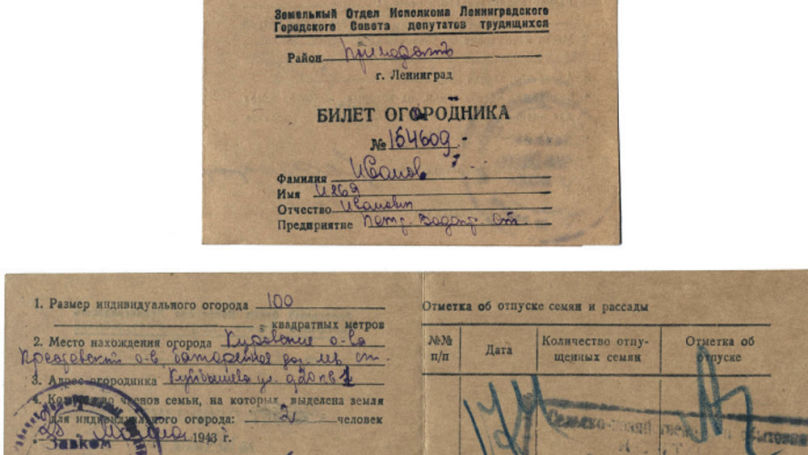
Alexey Krasovsky is working on the film "Feast", where we can see the residents of the blockaded city – a scientist specialising in developing biological weapons and his wife, obtaining special rations, and their promiscuous daughter, a deserter, blackmailer and thief. Food is central to the story, with the one truly starving person having cheeks that are constantly glowing. It’s a specific feature of the villains who guzzled during the Siege. Although scientists confirm the existence of the hierarchy of consumption, depending on the role in the urban and military economy, we can’t talk about it being excessive, but about an increased provision. At the same time, there is a real example of a world-renowned scientist, the famous physiologist, Prince Alexey Ukhtomsky, the author of the doctrine about the dominant, who, despite the opportunity to escape the city, stayed there and died in 1942 from hunger and disease. Not a fake biologist, but he is a real movie hero, isn’t he? But the hero of the Siege, who completed his scientific work dying and helped the city, is not something that you can sell well at festivals and in the progressive press.
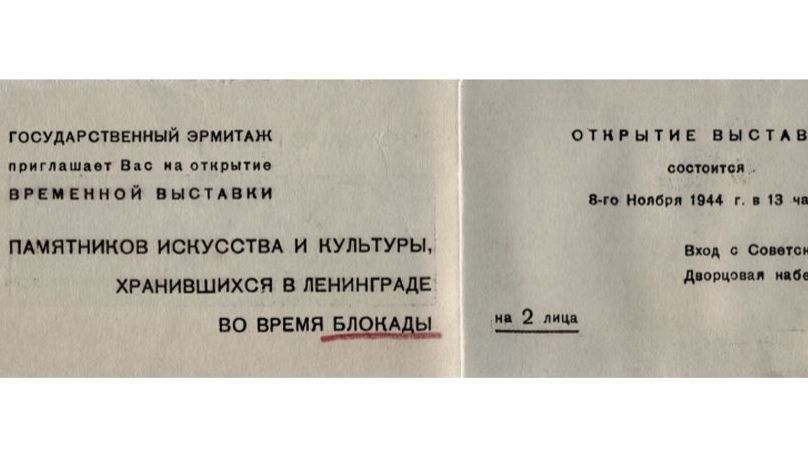
The film "Diary of the Siege" by Andrey Zaitsev, which is currently being shown as a limited release, explores the theme of weakness in a different way. There are no heroes in the movie, not even bad ones, all of them lost either their human form or spirit, and look more like zombies, wandering around the dead city. They throw the corpses down the stairs, they choose which children not to feed, they eat the children’s bread greedily. But they do it with no desire, as they are too weak. We are told that the story is based on the diaries left by Bergholz and Granina. Haven’t you read about a woman who fed the body of one of her children to another? Why not make a film in which a woman decides to starve one of her children so that the family can survive, and tell them that it is based on the Bergholz diaries? After all, Bergholz is the poetess who created the image of the sanctity of the Siege. It was she who wrote "No one is forgotten, nothing is forgotten" - the formula of our historical memory. Therefore, the movie about the people losing human form is based on the authority of the poetess.
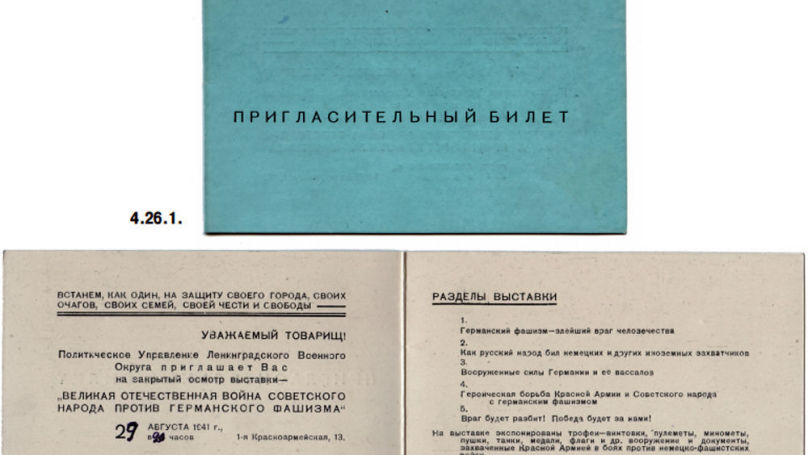
The key figure in the history of the Siege, Olga Bergholz is a special person for those people, who rewrite the history. We read the works of Polina Barkova. The author immerses in the literary society of the blockaded city, the author has made an interesting attempt to contrast the "humble employee" Lydia Ginsburg with Bergholz, who "seeks to turn a million deaths into literary success" and wants not only to survive, but also to take advantage of her survival. We can read about Anna Akhmatova who wrote her famous "and courage will not leave us" and left the city, as her "courage was inspired in the residents of the blockaded city with her wonderful voice on the radio". Then, the author assumed, that Alexei German has made the film "Hard to Be a God" precisely about the Siege, describing the scenes of the film as historical facts: "The city sinks in excrement and mud, in the city is up in violence, humiliation and slaughter". On the other hand, the author of the novel "Еhe Siege", a collaborator and Vlasov press employee Anatoly Darov (Dukhonin), capable of "discovering in the flow of propaganda the outlines of reality", according to Barkova created the "encyclopedia" of the Siege, which are credible due to the fact that they didn’t go through the Soviet censor. That’s what easy propaganda tricks look like.
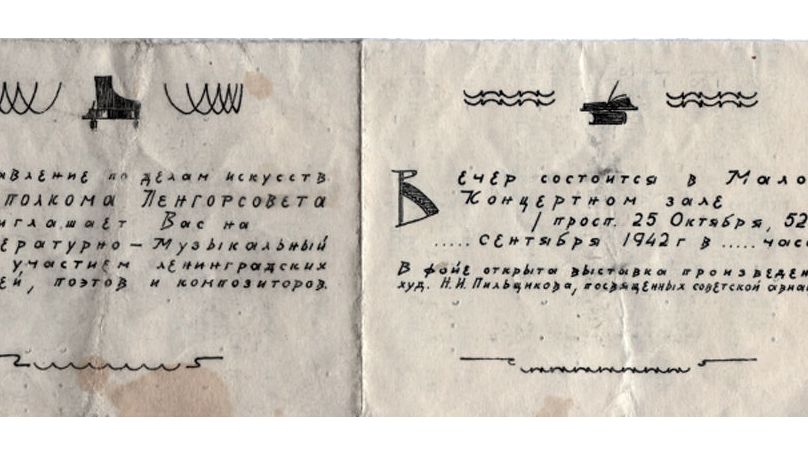
While scientists sit in the archives studying documents, we have to deal with the media trying to reprocess historical memory into anecdotes, gossip, sleazy cartoons and foul-smelling fantasies. And it’s impossible to assign a historian to every single reader.
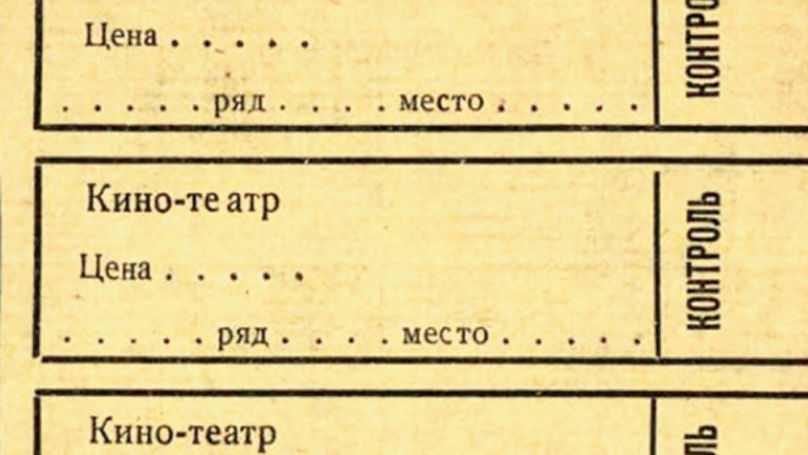
We can’t even discuss whether the residents of the city were heroes or victims. From a legal point of view, of course, they were victims. From the perspective of historical memory, they all were heroes who have survived and managed to save their humanity, themselves and the city.
One of our scientists said at the forum that it is a pity that we cannot take our children to Auschwitz, as people do in Israel.
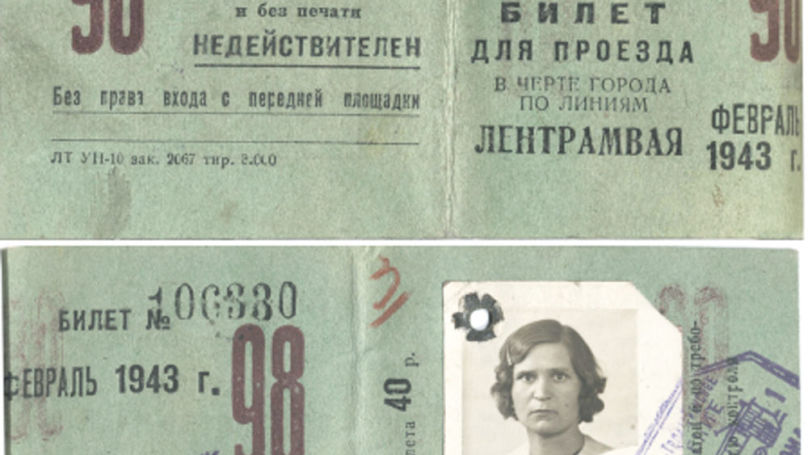
But we can take all our children to Piskaryovskoye Memorial Cemetery, the largest cemetery of World War II, with half a million dead buried, 186 mass graves - hills without monuments. This is a land drawn in sorrow. Those people who died to keep us safe for all these years. Now we are the ones to protect them and teach our children to protect themselves from those living, who lie about the dead so shamelessly.
*Media acting as a foreign agent.
